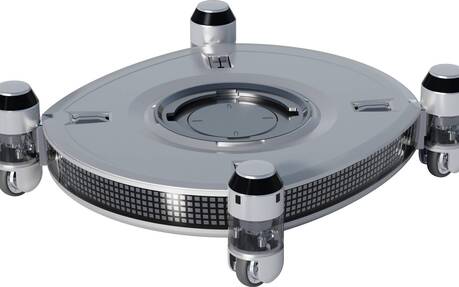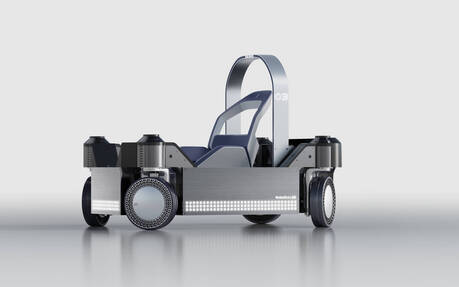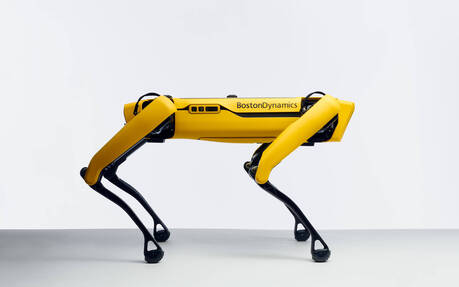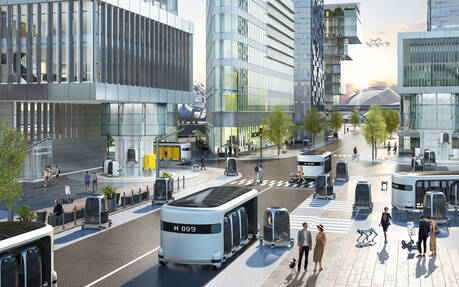Hyundai Aims to Revolutionize Real and Virtual Worlds With Robotics
Hyundai and newly acquired Boston Dynamics came to the 2022 CES in Las Vegas to present new mobility solutions that go beyond the traditional means of transportation with the goal of transforming the way we work, live and interact with each other.
Leveraging the unlimited potential of robotics, the Korean automaker is dramatically expanding its role, intent on becoming a technology company and enabler of what it calls a “robotics-based, unlimited Mobility of Things (MoT) ecosystem.”
- Also: Hyundai EVs With Built-in Hoverboards Could Become a Thing
- Also: Future Hyundai, Genesis Models Confirmed in Leaked Presentation
Hyundai revealed the Plug & Drive (PnD) and Drive & Lift (DnL) modular platforms, which allow traditionally inanimate things, from small objects to community spaces, to gain mobility.

The former is a single-wheel robotics platform that combines intelligent steering, braking, in-wheel electric drive and suspension hardware that can be scaled up or down, for any purpose, size or application. LiDAR and camera sensors allow a PnD-enabled object to move autonomously.
“In the world to come, we will not move our things, but things will actually move around us with the PnD module making traditionally inanimate objects mobile,” Hyundai said.

There’s also a MobED (Mobile Eccentric Droid) small mobility platform that uses the DnL module, an eccentric wheel mechanism combining the drive, steering and braking systems in one structure. With DnL mounted on each wheel, MobED can lift the platform up and down, so the body can stay level as MobED traverses uneven terrain or low barriers such as steps or speed bumps.
In Hyundai’s vision, the use of robots and mobile objects will increase humans’ physical abilities and mobility opportunities, from plant workers to disabled people. Exoskeleton vests, the Spot quadruped robot and Atlas bipedal humanoid are other examples.

Merging the Real and Virtual Worlds
Hyundai also expects vehicles in the future to serve as smart devices to access virtual spaces, while robotics will act as a medium to connect the virtual and real worlds. This is what it calls “Metamobility.”
For example, an automobile that connects to virtual spaces can allow users to enjoy various in-car VR experiences. Depending on the user’s needs, a car can be transformed into an entertainment space, a meeting room for work or even a 3D video game platform.

Here’s another, more fascinating example: a user could access a digital twin of their home in the metaverse while away from their physical home, and be able to feed and hug a pet remotely through the use of an avatar robot.
All of this might sound like science fiction, so we’ll leave you with two videos shared by Hyundai that will help you see and understand what the company is actually talking about:
